The map that you see shows the territories under the British and the Princes. The British territory was the Presidencies and Punjab. The Hindu and Muslim princes’ territories.
The belief that cow and pig lard was used on the new Enfield Cartridge enraged the Hindu and Muslim troops of Bengal. The revolt was started by Mangal Pandey in May 1857.
Several Princes joined the fight as they had lost their kingdoms to the Doctrine of Lapse, which required the surrender of the Kingdom if there was no natural heir. The other reason was famine and oppression.
The War ended in June 1859.
The war is remembered for the valiant fight put up by Rani Lakshmi Bai of Jhansi. There was a large-scale massacre and while the Mughal Empire ended, it shook the British forever.
As a result of the War, power was transferred from the EIC to the British Crown in 1858. Universities in the Presidencies were created which opened doors to higher education and an awareness of global resistance to colonialism.
Famine and oppression led to a fear of another uprising. As a safety valve, AO Hume a Civil Services Officer, established the Indian National Congress in 1890, a forum for educated Indians.
There were moderates, extremists, and revolutionaries. The latter two would invariably land in jail as the British had a collaborative intelligence network. The freedom movement evolved through certain stages:
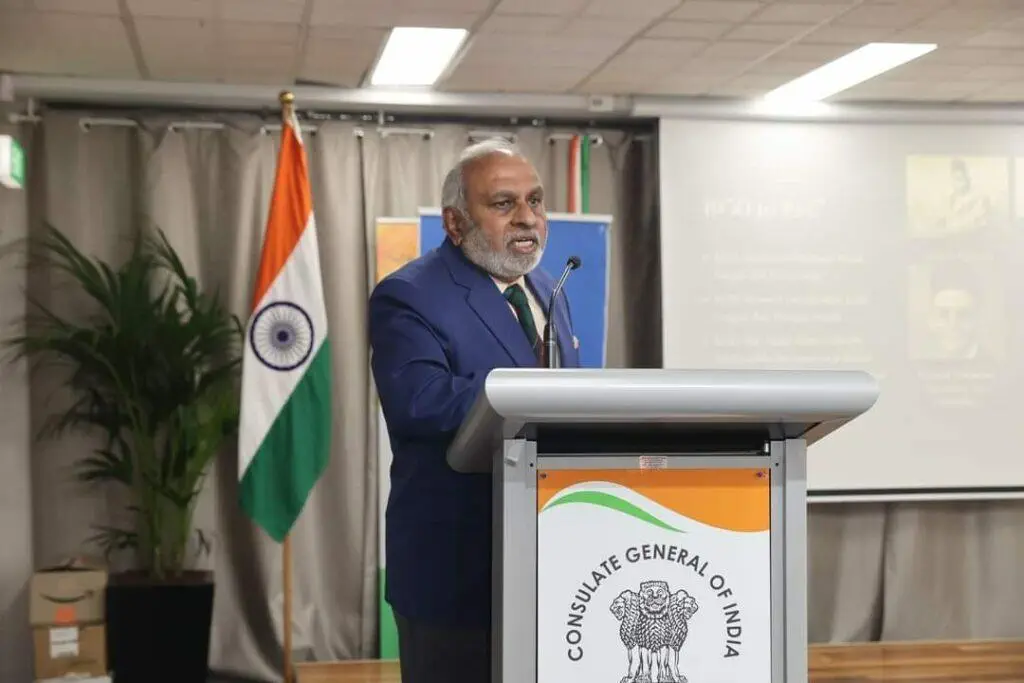
Talk on India’s Freedom Struggle at the Indian Consulate General, St Kildas, Melbourne, Victoria, Australia on 6 May 2023. The occasion was also the award ceremony for the Victoria Certificate of Education for Hindi.
Period of Dialogue 1880 to 1900
The period of dialogue transformed social working elites into politicians. In this period the notable people were:
- Dadabhai Naoroji is referred to as the ‘Grand Old Man of India’ and ‘Unofficial Ambassador of India’
- Lokmanya Bal GangadharTilak joined in 1890. He is perhaps the most important to the independence movement. ‘The Father of Indian Unrest’. He started the Servants of India Society in 1905, with the aim of fighting colonialism through social reform and education, after having been jailed several times.
- Gopal Krishna Gokhale joined the INC in 1889. He sought to petition the British authorities by cultivating a process of dialogue and discussion that would yield greater British respect for Indian rights.
Partition of Bengal and the Swadeshi Movement
In 1905, the British partitioned Bengal for supposedly administrative reasons, whereas it was a divide and rule of Hindu and Muslim populations. It was aggressive and a watershed event in the movement. It was not until 1906 that the clear divide between the moderates and extremists became pronounced in the INC. It was the first time a demand was placed for ‘Swaraj’ or self-governance and reversal of the Bengal Partition.
- Bipin Chandra Pal Pal of the INC was one of the main architects of the Swadeshi movement along with Sri Aurobindo. He also opposed the partition of Bengal by the British. Pal is known as the Father of Revolutionary Thoughts in India.
- Sri Aurobindo was for revolutionary ideas. He started the Anushilan Samitis which was basically Indian Gymnasium, which served as a network for revolutionary activities.
- Lala Lajpat Rai was popularly known as Punjab Kesari and the ‘Lion of Punjab’.
- Lala Lajpat Rai, Bal Gangadhar Tilak, and Bipin Chandra Pal – Lal Bal Pal formed an assertive triumvirate from 1906 to 1918. They advocated the Swadeshi movement.
The Bengal partition also saw the creation of the All-India Muslim League. Mohammad Ali Jinnah was one of its founders. He later became the founding father of Pakistan.
The Ghadar Movement was an, international political movement in 1913 founded by expatriate Indians to overthrow British rule in India.
First World War and the Home Rule League
Annie Besant a British activist joined the Indian National Congress. When World War I broke out in 1914, she helped launch the Home Rule League to campaign for democracy in India, and dominion status within the British Empire.
(Canada and Australia had achieved dominion status by 1901).
The participation of the army and Princes in the First World War became leverage for the freedom movement. In 1917 the Maharaja of Bikaner expressed the deep sympathy of the princes – quote-unquote ——-“for the legitimate aspirations of our brother Indians”.
Even as proposals for a Home Rule was rejected. Indian participation in the First World War saw India admitted to the Imperial Conference as a member and non-self-governing founding member of the League of Nations.
There were splits in the Indian National Congress.
The Akhil Bharat Hindu Maha Sabha was formed under Madan Mohan Malavia. The Communist Party of India and the Justice party were also created during this period.
Satyagraha and Non-Cooperation Movement
Satyagraha was a concept and a policy of nonviolent resistance to evil, injustice, and oppression started by Mahatma Gandhi an anti-colonist and lawyer from South Africa. He came to India in 1915, assumed the leadership of the INC, and started the nonviolent satyagraha movements. The Champaran and Rowlatt Satyagrahas were two important stages as Gandhi had it shifted the freedom struggle to the masses from just the politicians.
Simon Commission
The Simon Commission came to India in 1928, to study the situation. There were large protests.
- Lala Lajpat Rai was imprisoned for agitation against the Simon Commission in 1928. He died in the protest killed by a Police Officer.
- Bhagat Singh was a charismatic Indian revolutionary who participated in the mistaken murder of a junior British police officer in what was to be retaliation for the death of Lala Lajpat Rai. He electrified the growing militancy in India in the 1930s through his bold actions. He became a legend and a hero of Indian nationalism embraced by moderates and extremists alike.
The Jallianwala Bagh massacre, also known as the Amritsar massacre, took place on 13 April 1919. A large, peaceful crowd had gathered to protest the Rowlatt Act.
Non-Cooperation Movement from 1920 to 1927 was a movement started by Gandhi, led by Nehru in UP. It spread to other parts of the country.
The Khilafat movement (1919–24) was a political campaign launched over British policy that planned the dismemberment of Turkey after World War I.
Mahatma Gandhi supported the movement as part of his opposition to the British Empire and he also advocated a wider non-cooperation movement at the same time.
Rashtriya Swayam Sevak Sangh: RSS was founded in 1925 by Keshav Baliram Hedgewar. The secretive methods of Bengali revolutionary societies were used by him in organizing the RSS.
In 1930 The Akhil Bharat Hindu Mahasabha becomes a political party under Veer Savarkar, who developed the far-right ideology of Hindutva. He opposed the Swarajya and Quit India movements and supported the two-nation theory.
The Dandi March or Salt March by Gandhi in 1930 was against the salt tax.
Jawaharlal Nehru Nehru was a principal leader of the Indian nationalist movement in the 1930s and 1940s.
After the Home Rule movement key movements during Nehru’s period were:
- Internationalizing the Struggle for Indian Independence: 1927
- Fundamental Rights and economic policy: 1929
- Declaration of Independence
Nehru was one of the first leaders to demand that the Congress Party should resolve to make a complete and explicit break from all ties with the British Empire.
Second World War
The Quit India Movement or the August Movement was a civil disobedience movement that commenced on 8 August 1942 in response to Gandhi‘s call for immediate self-rule by Indians and against sending Indians to World War II.
“Two-Nation Theory” refers to the thesis that Hindus and Muslims in India were two distinct communities that could not coexist within a single state without dominating and discriminating against each other or without constant conflict; it resulted in the 1947 Partition of India and Pakistan.
Revolutionaries
Subhas Chandra Bose was an INC revolutionary who allied with the Axis forces. He raised the Indian National Army from the prisoners of war between the Germans and Japan. The defeat of the Axis forces sealed his attempts to throw the British out through military action.
Rash Behari Bose was a revolutionary who escaped to Japan. He was involved in India Independence League and Ghadar party.
Udham Singh of the Ghadar Party killed Lt Governor Dyer for the Jallianwala massacre.
Sri Aurobindo Ghosh started the Anushilan Samitis a network of gymnasiums for revolutionary activities.
Veer Savarkar started the Abhinav Bharat a student network.
There were several publications and literature espousing the struggle for India’s freedom.

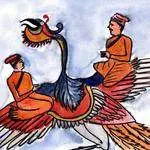
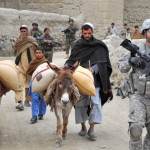
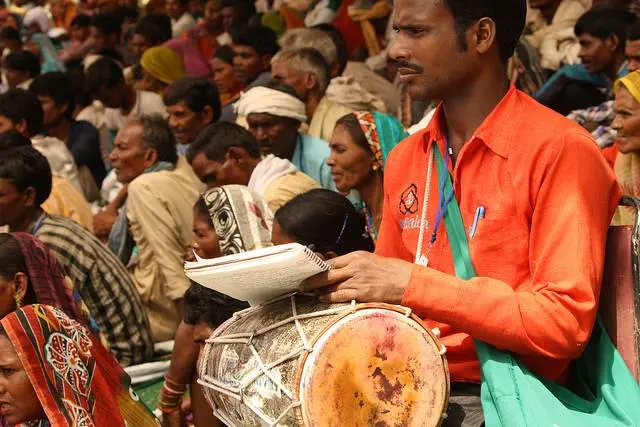

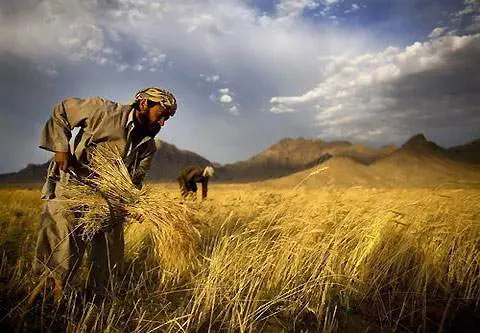
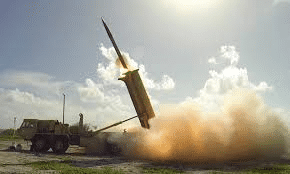
I admire your effort in educating all Indians in Australia through such talks and publications to provide an accurate picture of our freedom struggle. Keep it up!
Thank you Arjun. Regards